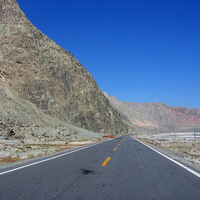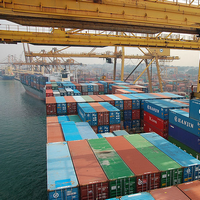
Strategic encirclement is a term that haunts Indian analysts quite a bit these days. So when noted Subcontinent watcher Selig S. Harrison reported in late August that 7,000-11,000 Chinese troops had poured into the northern part of Pakistani-administered Kashmir known as the Gilgit-Baltistan region, the feeling that India was being systematically “surrounded” by Beijing was loudly echoed in the Indian media. The revelations follow a recent controversy triggered by China’s refusal to issue a visa to an Indian general on the grounds that his area of responsibility falls in the disputed Kashmir region; Beijing will only issue “stapled visas” to […]

